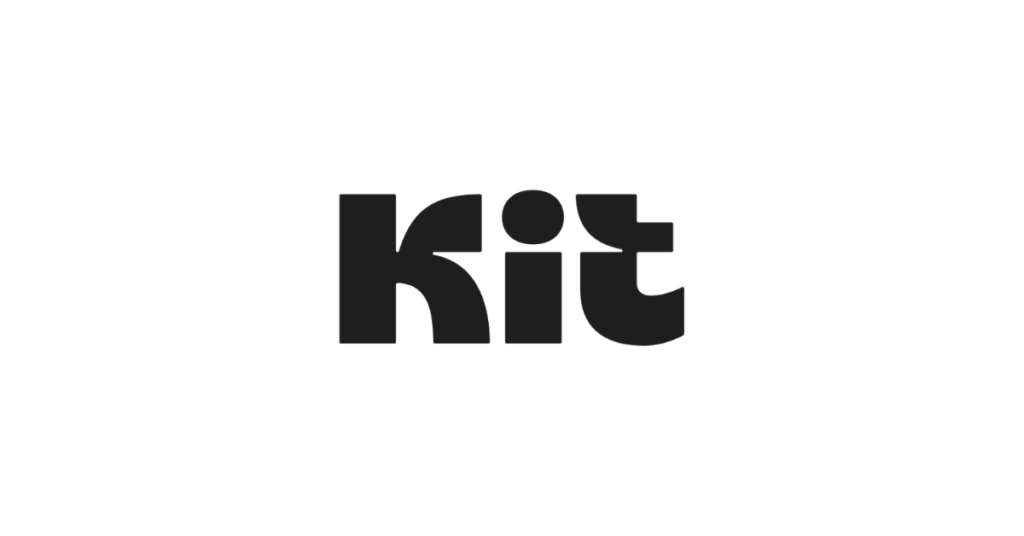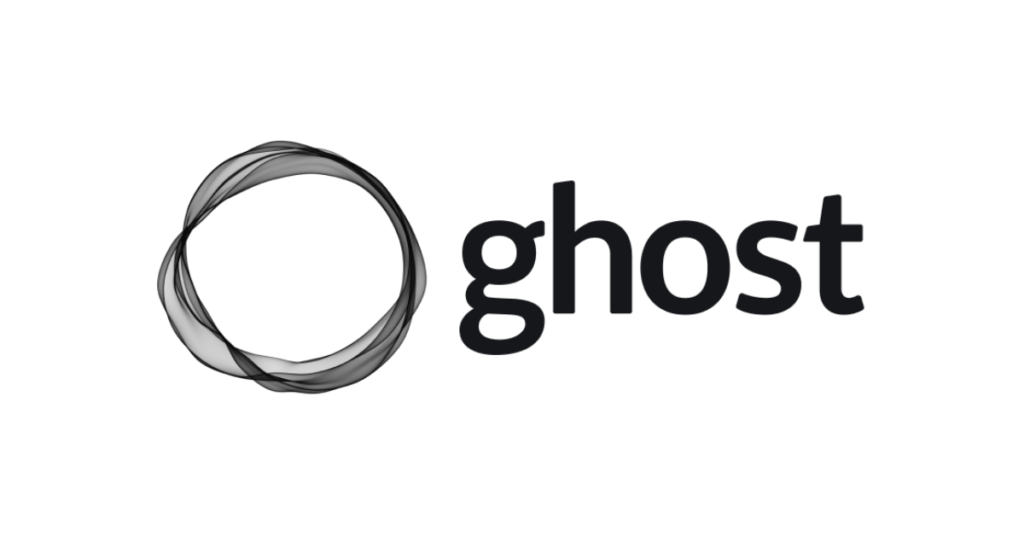In today’s creator economy, choosing the right platform to publish and monetize your content can make all the difference. Whether you’re a writer, marketer, or entrepreneur, your needs will vary—some may prioritize simple newsletter subscriptions, while others require advanced automation, sponsorship management, or complete design control. In this post, we’ll break down four popular platforms—Beehiiv, Substack, ConvertKit, and Ghost—exploring their strengths, weaknesses, pricing, and who they’re best suited for. By the end, you’ll have a clearer idea of which tool aligns with your goals, helping you grow your audience and revenue efficiently. Let’s dive into our comparison of Beehiiv vs. Substack vs. Kit vs. Ghost.
Beehiiv

Who It’s Best For:
Creators aiming to build and monetize a newsletter-based business through sponsorships. It’s especially suitable for influencers, entrepreneurs, and content creators looking for an integrated ad marketplace to manage sponsors efficiently. Ideal for those wanting to handle newsletters and ads without using multiple platforms like Paved or SparkLoop.
Strengths:
- Monetization Focus: Offers sponsorship management tools, enabling creators to earn through ads directly within the platform.
- Integrated Growth Tools: Features such as referral programs help grow your audience faster.
- Customizable Design: Provides multiple templates and design options without needing code.
Weaknesses:
- Pricing: Premium features can be costly for smaller creators.
- Learning Curve: May take time for new users to fully understand all the features.
Used By:
- Milk Road: A popular newsletter focused on cryptocurrency, known for its growth through Beehiiv’s referral programs.
- The Boston Globe: Uses Beehiiv for newsletters as part of its larger media strategy.
- Overtime: A sports network using Beehiiv for engaging newsletters with sponsorships.
- Cult of Mac: Focuses on Apple-related content and relies on Beehiiv for scaling their newsletter with ad monetization.
Why They Use Beehiiv: Beehiiv is ideal for newsletters focused on monetization through ads and sponsorships with tools to manage growth and analytics effectively.
Relevant Insight:
Beehiiv’s ad marketplace makes it a unique choice for creators focusing heavily on sponsorship revenue.
Substack

Who It’s Best For:
Independent writers, journalists, and creators who want to grow an audience through high-quality content and monetize through subscriptions. Substack excels for those who prioritize simplicity over design customization.
Strengths:
- Simple Monetization: Easy-to-use subscription model allows creators to earn through paid newsletters.
- Community Engagement: Features like comment sections foster interaction with subscribers.
- Built-in Distribution: Substack handles email delivery, analytics, and payments seamlessly.
Weaknesses:
- Limited Design Options: Lacks customization for newsletters beyond basic templates.
- High Fees: Substack takes 10% of all paid subscriptions, which can cut into profits.
Used By:
- Matt Taibbi: A journalist using Substack to publish independent journalism.
- The Dispatch: A political news site focusing on subscriber-only newsletters and analysis.
- Letters from an American by Heather Cox Richardson: An influential Substack newsletter covering historical and political commentary.
Why They Use Substack: Substack is favored by writers, journalists, and thought leaders who prioritize simple, paid subscriptions and community engagement without technical complexity.
Relevant Insight:
Substack’s popularity with journalists highlights its strength in content distribution and community-building.
Kit (formerly ConvertKit)

Who It’s Best For:
Marketers, bloggers, and creators selling digital products, courses, or building advanced email automations. Ideal for those with an interest in building long-term sales funnels and lead management.
Who It’s For:
Kit is an all-in-one email marketing tool perfect for bloggers, course creators, and marketers who need advanced automation features.
Strengths:
- Powerful Automation: Create complex email sequences and segment subscribers effectively.
- Commerce Features: Sell digital products directly through the platform.
- Integrations: Works well with other marketing tools like WordPress, Shopify, and Teachable.
Weaknesses:
- Steep Learning Curve: Advanced features can be overwhelming for beginners.
- Limited Visual Customization: Less design flexibility compared to other platforms.
Used By:
- Pat Flynn: Creator of the Smart Passive Income blog and podcast, using ConvertKit for advanced automations.
- Ali Abdaal: A YouTuber and productivity expert, using ConvertKit for product sales and email campaigns.
- Barrett Brooks: Chief operating officer of ConvertKit, highlighting how the tool is deeply embedded within content-driven businesses.
Why They Use ConvertKit: Ideal for marketers, course creators, and influencers who need robust automations and tools for managing product launches or audience segmentation.
Relevant Insight:
Kit’s automation makes it a top choice for creators focused on driving sales funnels and lead generation.
Ghost

Who It’s Best For:
Creators and businesses with technical skills who need complete control over design and hosting. Ghost is perfect for those managing both public blogs and paid memberships, with a focus on SEO and customization.
Who It’s For:
Ghost.org is ideal for creators and publishers looking for a more customized platform with control over their design, ideal for blogs, newsletters, and membership sites.
Strengths:
- Open-Source Flexibility: Self-hosting option available for those with technical knowledge.
- Integrated Memberships: Manage both public content and paid memberships seamlessly.
- SEO-Optimized: Provides strong SEO features, which are especially useful for blogs and newsletters.
Weaknesses:
- Requires Technical Skills: Self-hosting and customization demand more effort than plug-and-play platforms.
- Limited Integrations: Has fewer native integrations compared to Kit.
Used By:
- The Stanford Review: Uses Ghost for running an independent online publication.
- The Browser: Curates and sends personalized content using Ghost’s email and membership tools.
- The Atlantic’s “Planet”: A spin-off climate-focused newsletter hosted on Ghost.
Why They Use Ghost: Ghost appeals to publishers and membership-driven platforms needing a self-hosted solution with SEO tools and full control over the design and backend operations.
Relevant Insight:
Ghost.org stands out for creators seeking more freedom and ownership, but it comes at the cost of simplicity.
| Feature | Beehiiv | Substack | Kit (formerly ConvertKit) | Ghost |
| Best For | Monetized Newsletters | Writers & Journalists | Marketers & Bloggers | Publishers & Membership Sites |
| Monetization Options | Sponsorships & Ads | Paid Subscriptions | Product Sales | Memberships + Content Locking |
| Automation Features | Advanced | Basic | Advanced (email sequences) | Moderate |
| Design Customization | Moderate | Basic | Moderate | High (self-hosting available) |
| SEO Optimization | Moderate | Low | Moderate | High |
| Referral Programs | Yes | No | Yes | Yes |
| Platform Fee | None | 10% of revenue + Stripe fees (2.9% + $0.30) | 3.5% + $0.30 per transaction | None |
| Free Plan | Yes (up to 2,500 subs) | Yes (limited features) | Yes (up to 1,000 subs) | No |
| Pricing | $39 – $99/month | No fixed fee (10% rev share) | Starts at $9/month | Starts at $11/month |
| Commerce Tools | Built-in ads & payments | Subscriptions only | Digital products & courses | Memberships & subscriptions |
| Integrations | Yes, via Zapier | Few | Extensive (Zapier, Shopify) | Some (Stripe, Slack) |
| Self-Hosting Option | No | No | No | Yes |
Breakdown of Each Platform’s Pricing and Features
- Beehiiv:
- Free Plan: Supports up to 2,500 subscribers.
- Paid Plans: $39/month (Scale) and $99/month (Max), offering advanced tools like automation, paid subscriptions, and referral programs. No platform fees on revenue.
- Substack:
- Revenue Model: Free to use but takes 10% of all paid subscription revenue, plus Stripe charges (2.9% + $0.30 per transaction).
- Monetization: Limited to subscription-based newsletters with a minimum subscriber fee of $5/month. Simple but lacks customization and advanced design features.
- Kit:
- Free Plan: Available for up to 1,000 subscribers.
- Paid Plans: Start at $9/month, with a 3.5% transaction fee on product sales.
- Best for: Marketers and course creators needing advanced automation for email sequences and sales funnels. It also supports digital product sales, making it more versatile than Substack.
- Ghost.org:
- Pricing: Starts at $11/month.
- Self-Hosting: Available for users with technical expertise.
- Monetization: Ideal for publishers who need a mix of free and paid content. Supports memberships, making it suitable for both blogs and subscription models. Offers deep customization but with a steeper learning curve.
Which is best for you?
1. What is your primary goal?
2. How comfortable are you with technical setups?
3. How large is your audience?
Conclusion – Beehiiv vs. Substack vs. Kit vs. Ghost
Each platform serves unique needs. So we urge you to pick based off your priorities and goals:
- Beehiiv for those aiming to grow newsletters with sponsorships and aggressive growth.
- Substack if simplicity and paid subscriptions are your focus.
- Kit (formerly ConvertKit) for creators who want robust email automations and focus on selling products.
- Ghost.org if you need full control and customization with self-hosting options.
Looking for more tools? Check them out here!







